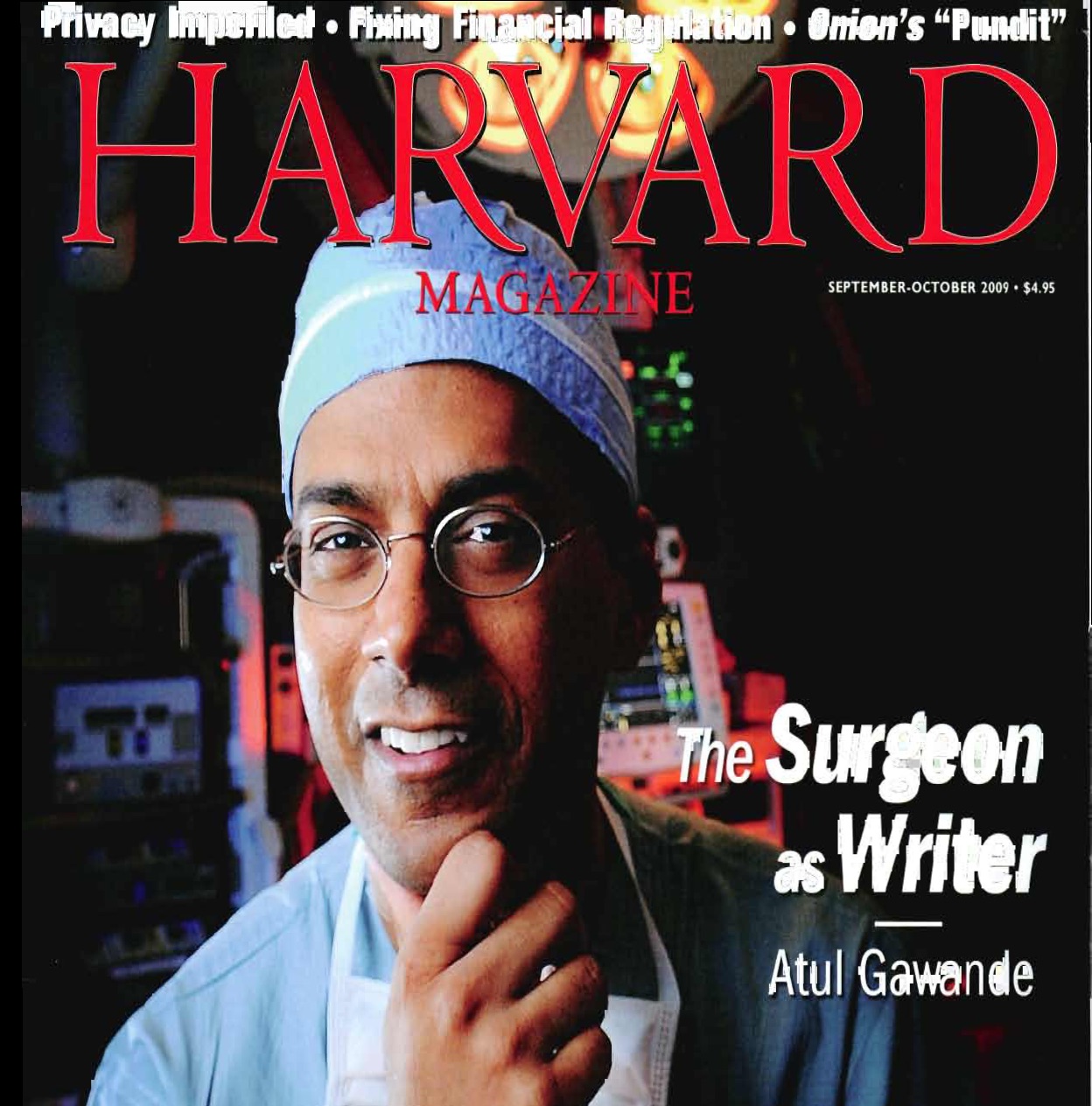A Tennessee lawyer who purports to have knowledge and experience in Tennessee medical malpractice law recently wrote a blog post that advised the pubic about statutes of limitations in medical malpractice cases. His post was wrong, and it was obvious to me that he was unaware of the legislation passed in June and that went into effect on July 1, 2009.
Now, you might say, "well John, don’t be a jerk. The law has only been in effect for a little over a month." Sorry folks, in my opinion that doesn’t cut it. If you hold yourself out as having knowledge in a given area of law you have the responsibility to keep yourself reasonably current in that area. The proposed changes to the medical malpractice law have been talked about by those actively involved in the field for months before the legislation was signed by the Governor. The Tennessee Association for Justice list-serves have had numerous posts about the subject. I wrote several blog posts on the issue (here, here, and here.). I wrote a cover-story article for the July 2009 TBA Journal on the changes. In short, there were plenty of opportunities to learn that the law was changing and that it had in fact changed.
I don’t expect every lawyer to keep up with all changes in the law – that is impossible. I don’t expect every personal injury and wrongful death lawyer to keep up with changes in medical malpractice law, for the simple reason that many of these lawyers do not do medical malpractice law. I don’t expect anyone to keep all the details of law in his or her head even in a relatively narrow field like medical malpractice. And of course I am not saying that everyone who does tort work in Tennessee must read this blog.
 Day on Torts
Day on Torts


